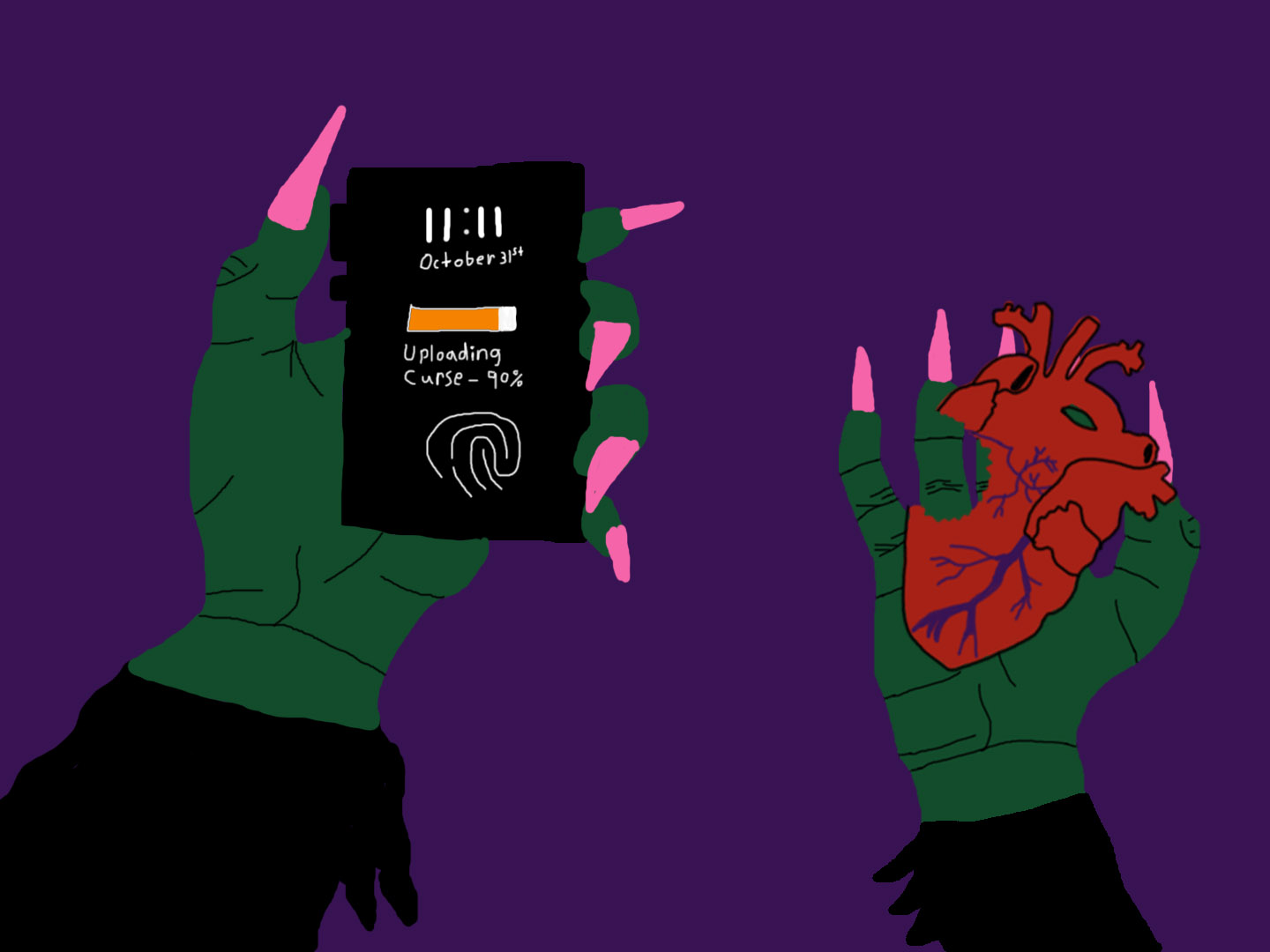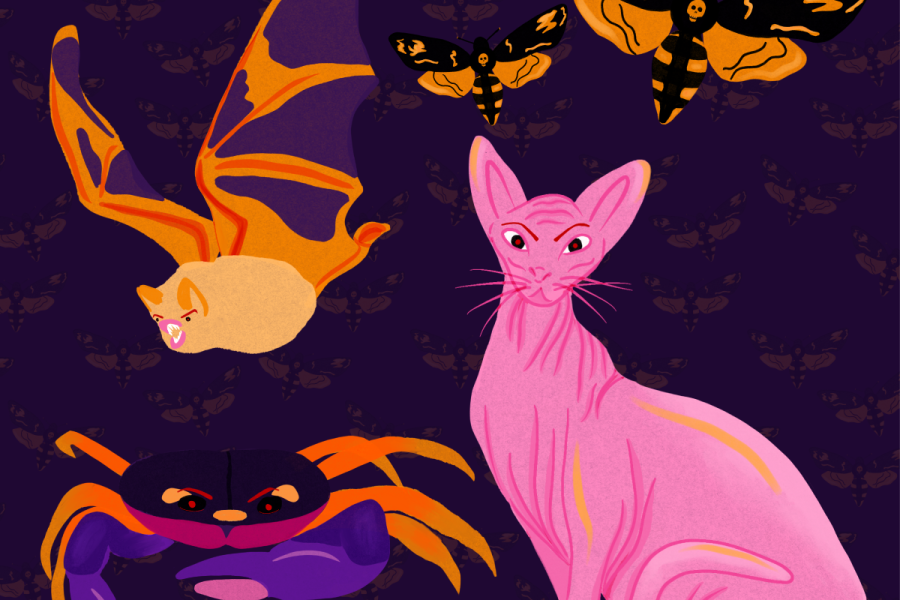What comes to mind when you hear the word witch?
It might have been the age-old stereotypical image of an old woman wearing a toothless smile and a pointy black hat flying on a broomstick. Or perhaps you went into specificities, drawing to mind tarot cards, mysterious smoke billowing from a cauldron and spellcasting.
Regardless of mainstream imagery, witch—as a term of identification—is broadly used and defined. Meanings range from those tightly bound in unique, traditional practices and as loosely as those who try to affect the universe around them.
As a practice, witchcraft is often held up as an umbrella, enveloping a cornucopia of religious rituals distinguishably different in style and most commonly categorized by historical tradition. Some variations can be clustered into respective patrias, such as many African traditions—which vary depending on country—and even more specifically into houses or traditions of practices.
Isaac Bonewits—a neopagan writer—proposes distinctions including, but not limited to: neopagan, feminist, neoclassical, classical, family traditions, immigrant traditions and ethnic.
Three prominent examples within the Western world include the traditions of Alexandrian Wicca—akin to the Gardnerian tradition—Dianic Wicca and Wildwood Witchcraft.
Alexandrian Wicca grew from witches Alex and Maxine Sanders in the twentieth century. Their influences stem from Gerald Gardner, whom many hold as the father of modern witchcraft, or Western witchcraft.
Alexandrian Wicca was officially coined during journalist Stewart Farrar’s collaboration with the witches to release a book titled What Witches Do: The Modern Coven Revealed. Alexandrian Wicca is still practiced today, though the tradition has grown to take on a variety of divergent forms.
Dianic Wicca is a feminist tradition formally begun in the United States in the 1970s by a woman named Zsuzsanna Budapest. Unlike Gardnerian and Alexandrian practices which focus on gender polarity within the concept of deities, it solely highlights the supremacy of the Goddess.
There are various forms of practices within the tradition, though notably those initiated through Budapest’s lineage are female-only.
Wildwood Witchcraft developed as recently as the mid-2000s in Queensland out of “animistic spirit-work, place-based spirituality, tradition and folkloric witchcraft, the ecstatic process, poetry, art, eros, and the virtue of family magic,” according to WildwoodTradition.net. It was perhaps made more widely known by one of its influential witches, Fio Gede Parma.
Apart from their differences, traditions hold similar frameworks of practices, primarily venerating the mysterious, elemental forces of nature to affect change. However, the stigmatization of witchcraft as a way to practice evil and ill-will remains a prominent theme within culture and a harmful prejudice to those who practice.
To this day, witches and those believed to practice witchcraft are persecuted and held to a lower light. Oppression is a spectrum, ranging from harmful stereotypes to mortally severe consequences.
Just 10 years ago in Papua New Guinea, sorcery-related attacks and killings were on the rise. Notably, women were at the forefront of the oppression, leading many to believe that the acts were a guise for a manifestation of sexist attitudes within the culture.
“A lot of men are, I think, taking the lead in accusing women, because, I think, generally Melanesians believe that women are on the periphery of the society,” said Reverend Jack Urame in an article published by Australian Network News.
Another common misconception is the supposed intrinsic tie between witchcraft and evil, witchcraft and harm. Though all things human have their exceptions, most witches uphold a different narrative. The Wiccan Rede—the ethical code of the Wicca tradition—offers an honest insight into the ethos of a witch and their craft. Below is an online version of the Wiccan Rede, as published by MIT.
Bide the Wiccan Laws we must In Perfect Love and Perfect Trust.
Live and let live. Fairly take and fairly give.
Cast the Circle thrice about to keep the evil spirits out.
To bind the spell every time, let the spell be spake in rhyme.
Soft of eye and light of touch, Speak little, listen much.
Deosil go by the waxing moon, chanting out the Witches’ Rune.
…
When ye have a true need, hearken not to others’ greed.
With a fool, no season spend, lest ye be counted as his friend.
Merry meet and merry part, bright the cheeks and warm the heart.
Mind the Threefold Law, you should, three times bad and three times good.
When misfortune is enow, wear the blue star on thy brow.
True in love ever be, lest thy lover’s false to thee.
Eight words the Wiccan Rede fulfill: An ye harm none, do what ye will.






